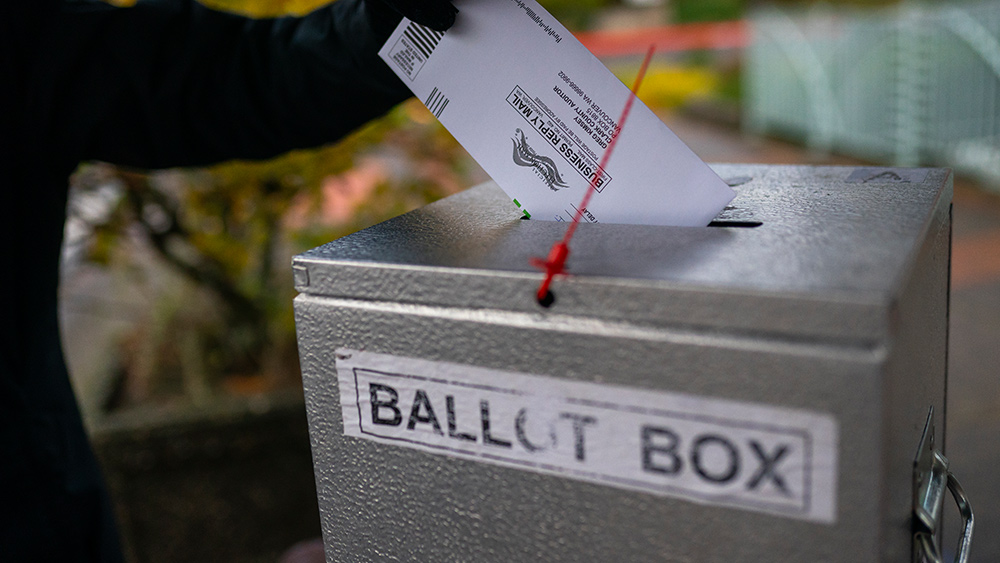
First off, Dominion voting systems can theoretically be programmed to toss ballots that have a straight-ticket vote, meaning all Republicans or all Democrats. According to the official manual, a system setting makes it possible to enable typo fraud as well.
Dominion systems also come with very weak network security, which appears to be intentional. By programming all software keys with the same cryptographic pair, anyone who might try to rig the system has automatic plausible deniability since it cannot be proven who changed a given setting, seeing as how everyone has the same key.
The digital certificates of Dominion systems also come without a password, and the manual explicitly says not to assign them one. This makes it really easy for bad actors to skew the results as they travel between precinct tabulator and central tabulator.
There is also a cryptic "split rotation" function built into Dominion systems that allows for the ability to "force a maximum deviation." Since neither of these two terms is defined, there is no knowing what this all means.
Another anomalous aspect of Dominion systems is the fact that local IT workers have the ultimate power to clandestinely change settings, potentially altering an entire election.
"There are no checks and balances or observers of the local IT guy when he accesses machine debug and admin settings," Twitter user @CodeMonkeyZ further explains. "It's unclear if logs exist."
Nancy Pelosi, Dianne Feinstein both linked to Dominion Voting Systems
As disturbing as this all is, it is hardly surprising when considering that Nancy Pelosi and Dianne Feinstein are both connected to Dominion Voting Systems, holding a vested interest in their continued use.
In truth, Dominion systems are little more than black boxes that send vote tallies to unknown central server systems. This begs the question: Who has access to these central servers and where is the manual and security reviews of the server software?
Concerning the 2020 election, it is being increasingly theorized that Dominion systems were changed or altered at some point during the downtime on election night. Doing this is a much easier process than trying to forge thousands of ballots, after all – and "[a] couple of people could have done it quickly," @CodeMonkeyZ explains.
In Pennsylvania, Dominion systems had their software modified to change the word "cast," concerning ballots, to "print." This change appears to have been made in an effort to obfuscate when the vote was officially cast, probably to make it seem as though late ballots were received on time.
Dominion systems further have an option to "overrun" a preset number of ballots every time someone presses the pause button during a scan. While the word "overrun" is not specifically defined, the potential for abuse "is high with this function," @CodeMonkeyZ notes, having been added "shortly after 2018 mid-term elections."
There is a whole lot more that is sure to come in about Dominion systems, but this should get you started in understanding how these corrupted machines were clearly used for nefarious purposes to try to steal the election from President Trump and hand a win to Joe Biden.
"Many people have sent me (completely publicly available) Dominion security audits, documents, manuals, and state contracts," @CodeMonkeyZ contends. "If there are any potential election fraud settings hiding in plain sight, I will do my best to find it."
If you are interested in reading more about this contested election, you can do so at Trump.news.
Sources for this article include:
Please contact us for more information.






















